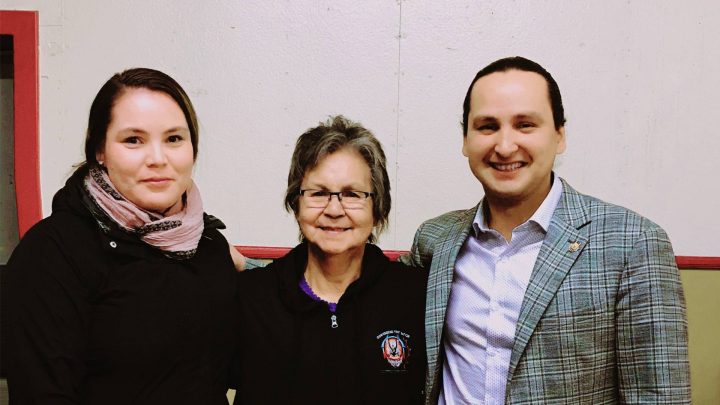A south Saskatchewan First Nation is making history by becoming the first Indigenous community in Canada to pass its own child welfare legislation under new federal legislation.

Cowessess First Nation, located about 160 kilometres east of Regina, is now working with the federal and provincial governments on implementation.
Membership voted 152-18 on Monday to ratify the nation’s Miyo Pimatisowan Act.
“It was really exciting,” said Marcy Large, who is working for Cowessess to co-ordinate the legislation development, on Tuesday.
“They’re taking back the responsibility to have authority over decision-making when it comes to their children in care.”
Under Bill C-92: An Act respecting First Nations, Inuit and Métis children, youth and families, Indigenous communities across Canada are empowered to reclaim control over child welfare. The federal legislation came into force on Jan. 1.
On Jan. 9, Cowessess gave formal notice to Canada that it was developing its own law, sending a First Nations resolution exercising its right to govern on such matters.
Saskatchewan Social Services Minister Paul Merriman said the province is prepared and ready to work with Cowessess once Indigenous Services Canada gives the go-ahead.
Indigenous Services Canada has not yet responded to questions from Global News in regards to when that could happen.

Get daily National news
“We’ve been supportive of the principle of C-92 since its inception. We just want to make sure that it’s done in a timely manner so that the children are transitioned over at a very reasonable amount of time, and again, that’s working with the Indigenous governing body and the federal government to make sure that that happens,” Merriman told Global News.
The nation’s Miyo Pimatisowan Act accounts for the complicated devolution process. Large and other leaders plan to continue to work closely with its counterparts to ensure a smooth, and likely slow, transfer of responsibilities, Large said.
Cowessess drafted a tripartite agreement and provided it to the provincial and federal governments for review. Large said Cowessess is waiting for provincial and federal signatures before it begins to exercise any decision-making powers.
As part of the agreement, Indigenous Services Canada would provide the First Nation with funding, Large said.
Cowessess projects it will need $15 million to fund its child and family services agency, named Chief Red Bear Lodge. The nation is currently seeking a CEO for the organization.
“The funding is such a major piece when it comes to this legislation because we would be financially responsible when it comes to all of those children,” Large said.
Right now, about 350 of the nation’s families are involved in preventative care and 156 children are in protective care.
Cowessess recognizes it needs to build capacity, Large said, and is focusing on preventative care at the outset.
The nation has established a brand new transition house with 10 beds for girls ages 14 and up, and hopes to acquire additional duplexes.









Comments